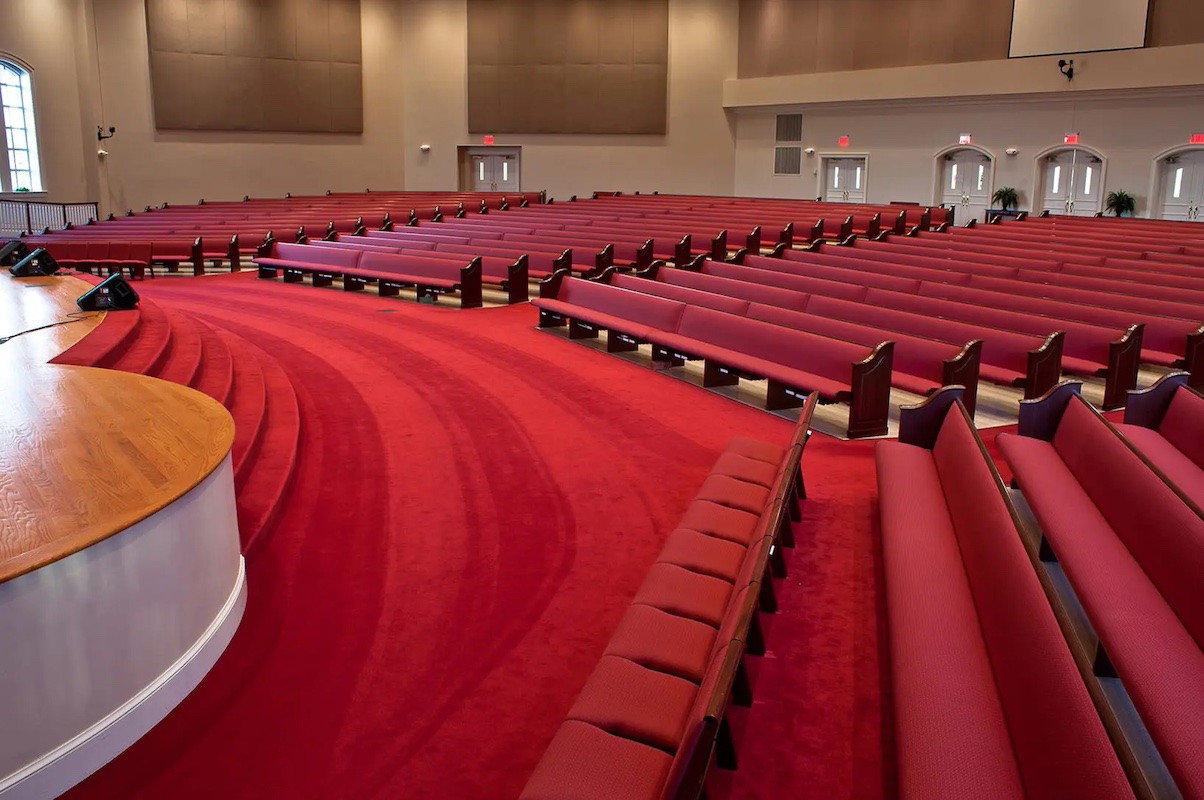
The History, Design, and Functionality of Church Pew Seats
Church pew seats, often simply referred to as pews, are long benches designed for congregational seating in churches. Their evolution and design reflect centuries of religious, social, and architectural developments. This article delves into the history, design intricacies, and practical considerations of church pew seats, exploring how these essential furnishings have come to symbolize communal worship and fellowship in Christian traditions.
Historical Evolution of Church Pews
Early Christian Worship Spaces
In the earliest Christian churches, there were no fixed seating arrangements. Congregants either stood or sat on the floor during services, a practice that allowed flexibility in accommodating different numbers of attendees. The focus was on the communal aspect of worship rather than individual comfort.
Medieval Period
The concept of fixed seating began to take shape in the medieval period. Churches started incorporating stone benches along the walls for the elderly or infirm. These early pews were simple and utilitarian, reflecting the modesty and austerity of the era.
Renaissance and Reformation
The Renaissance brought a shift towards more elaborate church designs, and with it, more sophisticated pews. As sermons became longer and congregations larger, the need for comfortable seating grew. The Protestant Reformation further influenced pew design, as the focus on preaching and congregational participation necessitated more structured seating arrangements.
17th to 19th Centuries
During the 17th century, pews became more widespread and were often constructed from wood, featuring backs and armrests for added comfort. By the 19th century, pews had become standard fixtures in most churches, reflecting a balance between functionality and aesthetic appeal. This period also saw the introduction of pew rents, where families could pay to reserve specific seats, a practice that highlighted social stratification within the congregation.
Design and Materials
Wood Selection
Traditionally, pews are made from sturdy, durable woods like oak, mahogany, or pine. These woods are chosen not only for their longevity but also for their ability to be finely carved and finished. The choice of wood can significantly influence the aesthetic and atmosphere of a church interior.
Structural Elements
Pews consist of several key components:
- Seat: The horizontal surface where congregants sit.
- Backrest: Provides support and comfort during lengthy services.
- Ends: Often intricately carved, these side panels can feature religious symbols, floral patterns, or commemorative plaques.
- Kneelers: Padded platforms attached to the back of the pew in front, used for kneeling during prayer.
Design Variations
The design of pews can vary widely based on the architectural style of the church and denominational preferences. Gothic churches might feature pews with pointed arches and detailed carvings, while modern churches may opt for simpler, sleeker designs. Some pews are designed with hinged seats, allowing them to be lifted to create more space or facilitate cleaning.
Functionality and Practical Considerations
Comfort and Ergonomics
The design of pews must balance durability with comfort. Ergonomically designed pews take into account the natural posture of seated individuals, providing appropriate lumbar support and seat angle to minimize discomfort during long services.
Space Optimization
Pews are arranged to maximize seating capacity while ensuring clear sightlines to the altar and pulpit. The spacing between pews must accommodate easy movement and accessibility, particularly for those with mobility issues.
Maintenance and Upkeep
Given their heavy use, pews require regular maintenance. This includes cleaning, polishing, and occasional repairs to address wear and tear. High-quality finishes can protect the wood from damage and extend the lifespan of the pews.
Cultural and Symbolic Significance
Communal Worship
Pews symbolize the collective nature of Christian worship. By seating congregants together, pews foster a sense of community and shared faith. This arrangement underscores the idea that worship is a communal activity, bringing individuals together as one body in Christ.
Historical Artifacts
Many older pews carry historical significance. Carvings and inscriptions can offer insights into the church's history, commemorate benefactors, or reflect significant events. Preserving these pews is often a priority for historical and cultural heritage.
Social Dynamics
The arrangement and design of pews can reflect social hierarchies and changes within the church community. In some historical contexts, the most prominent families or individuals were seated at the front, while others occupied less desirable positions. Modern churches tend to emphasize inclusivity, with open seating arrangements that reflect egalitarian values.
Modern Innovations
Flexible Seating
Contemporary churches are increasingly adopting flexible seating options. Stackable church chairs or movable pews allow spaces to be reconfigured for different events, enhancing the multifunctionality of the church building.
Accessibility
Modern pew designs often incorporate features to improve accessibility, such as wider aisles, designated spaces for wheelchairs, and removable or adjustable seating.
Technological Integration
Incorporating technology into pews is another trend in modern church design. This can include built-in audio systems for hearing assistance, charging ports for electronic devices, and even integrated lighting.
Church pew seats are integral to the worship experience, reflecting the history, culture, and values of the congregations they serve. From their humble beginnings as simple stone benches to the sophisticated, ergonomically designed seats of today, pews have evolved to meet the changing needs of worshipers. As churches continue to adapt to modern demands, the design and functionality of pews will undoubtedly continue to evolve, balancing tradition with innovation to support the ever-important communal aspect of Christian worship.






